Old Town Scottsdale 2017 Friday Night Industry Party
Awards will be for
- Residential real estate agent of the year
- Residential real estate broker of the year
- Residential rookie agent of the year
- Residential team of the year
- Commercial managing principal of the year
- Commercial real estate broker of the year
- Home inspector of the year
- Certified appraiser of the year
- Escrow officer of the year
- Title sales representative of the year
- Mortgage loan originator of the year

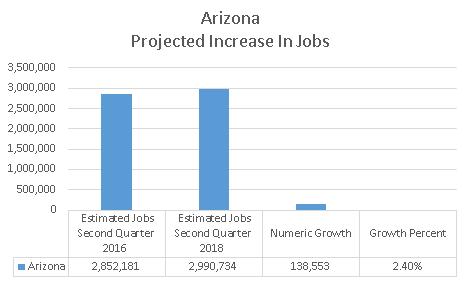
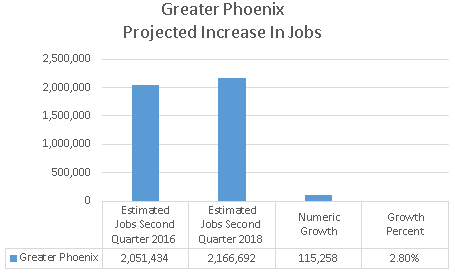


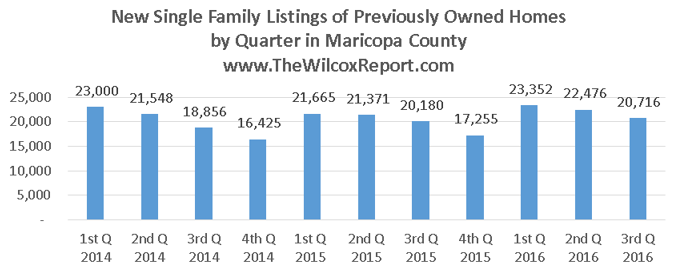

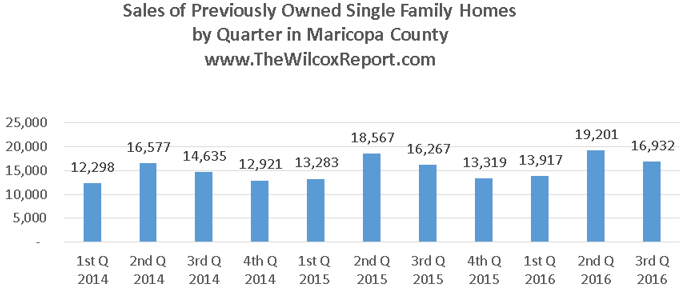
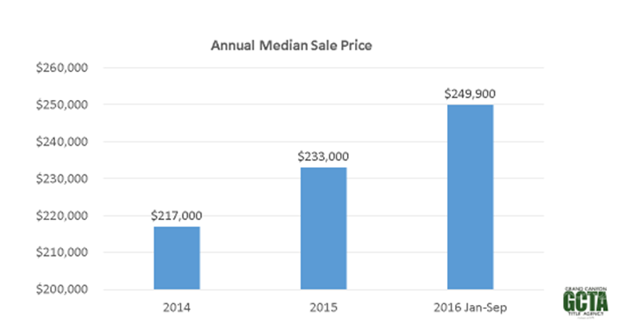


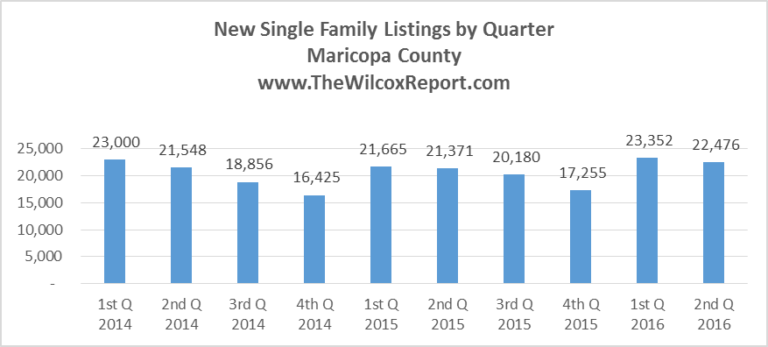



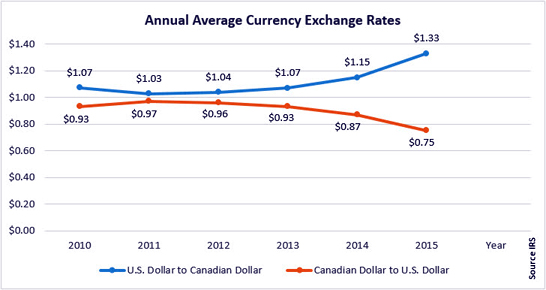




Follow Fletcher